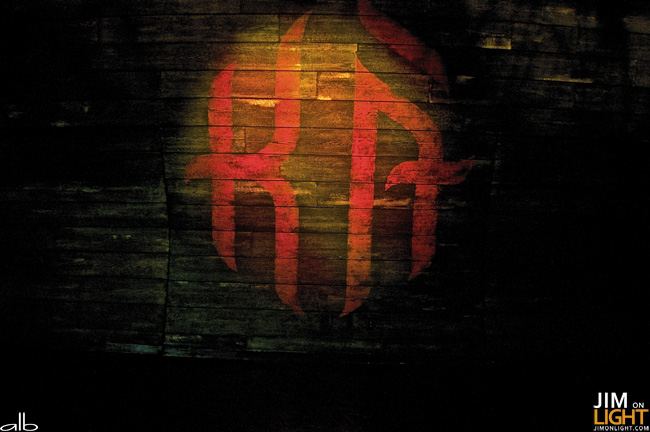
When was the last time you were inspired? When was the last time you had your artistic senses shaken?
I was lucky enough during LightFair 2010 to get an amazing opportunity – I got a backstage tour of Cirque du Soleil’s KÀ at the MGM Grand in Las Vegas. It started out well enough – exciting information from KÀ ‘s technical director, Erik Walstad and day crew lighting technician David Fox (or just Fox, as we affectionately refer to him). The tour then rounded an amazing corner and turned into an experience that will be impossible for me to forget, ever, as long as I have control of my mind.
Here’s the hard fact about KÀ:
If you’re a lighting designer, projection designer, scenic designer, engineer, actor, performer, gymnast, technical director, rigger, painter, electrician, student, teacher, mentor, artist, human being, or sentient non-human entity, you owe it to your soul to see KÀ. Hands down, no bluffing, and no exaggeration. KÀ changed my mind about what I do, and I’ve been a working lighting designer for 15 years. I also have no one’s bread to butter up here with this post – I am writing from my heart, just like I do for every JimOnLight.com post that I publish for you all. The truth is that my mind got a bit blown by this amazing experience.
David Fox (KÀ day crew lighting technician), Jim Hutchison (JimOnLight), and Erik Walstad (KÀ Technical Director):
I was so grateful to be able to get a tour and information about a show I knew nothing about before I saw the evening performance – you would think that someone like myself, someone who has designed hundreds of shows and done tours across the globe would be at home in a venue of any kind. When it comes to KÀ, you’d be so completely wrong about any pre-conceived notion you have about a performance. Even though I saw a lot of the backstage aspect of the production (and Erik gave us the most friendly, personable, and informative backstage tour of my career), nothing he or Fox could have said would have prepared me for what I was going to experience at the show.
As we waited for Erik in the KÀ lobby with Fox, the experience started for me, and it started strong. Amanda Lynne was getting amazing shots of the Lobby Harp (which you’ll see below in the post), and I was very much digging the vibe of the lobby itself. When you queue up for the show, you stare at as massive wooden representation of what I could only tie with a section of a massive wooden ship’s hull. The lighting designer in me was in awe of the combination of colors chosen to illuminate the lobby. The foreshadowing of how open my mind was going to get blown during the show was ever present, and the attention to detail of the design, in all areas, was – well, it was just unbelievable. Even walking into the venue for KÀ, you pass through a “curtain” of deep congo fiber-optic light that just washes you, cleaning your body and mind of all preconceived notions of what you might think you are going to experience.
Then, you walk into this:

Post and Beam, photo by Tomas Muscionico; Costume credit: Marie-Chantale Vaillancourt
Yeah. That’s kinda in your face. When you get to your seat, hang on tight, because it blasts off into another galaxy. Here’s the venue without the production lighting, just the works:
Before I get off too far on a waxing artistic mindset about the lighting in KÀ, let’s talk about the amazing technical achievements of the KÀ team and production. The technical aspects of the production and the attention to safety and continuity blew my mind as much as the artistic achievements did – and not because it surprises me that a production could be so in control of itself, because that’s how all of our work should be produced. It was more along the lines of the production being so in touch with itself that it is a role model for achievement.
First and foremost, do you know what a gantry crane is? Think of a harbor crane – the kind used to pick up containers and move them in a harbor onto and off of ships. In KÀ, attached to a gantry crane turned on its side, is a show deck called the Sand Cliff Deck. Immediately your mind should try to place a gantry crane on its side and rig a rotating platform that can go from flat to 110 degrees – and, you know, rotate continuously in either direction. Check this out – this image below is the gantry crane, Tatami Deck, and Sand Cliff Deck, all deployed:
and another image of the decks deployed, looking into the house from the Tatami Deck:
Looming! The largest “kitchen drawer” on earth, the Tatami Deck!
Five 250 horsepower pumps and a 3500 gallon oil reservoir power the gantry crane and Sand Cliff deck, and the crane is lifted by four 75 foot cylinders (which are among the largest ever manufactured). This Sand Cliff Deck is no regular show deck by any means – first, it’s 80,000 pounds. It rotates. It’s 25 feet by 50 feet, 6 feet deep, attached to a crane on its side lifted by four of the largest cylinders on the planet. What kind of show deck did you work on today?
The Sand Cliff Deck also happens to act as a sand covered beach/cliff/platform of hilarity and excitement several times during the show too. The sand in the show is not sand, but cork! One ton of cork is used on the Sand Cliff Deck for each performance. This cork is recycled, but when I say recycled, I mean brought from a clean state through a performance and back to a completely clean and safe state. It passes through magnets, filters, and maybe even little garden gnomes that drop kick any debris out of the cork for the safety of the performers. It is amazing – I think I recall Erik saying it was the loudest process in the entire backstage area.
The gantry crane’s cylinder heads are actually hooked up into the roof of the KÀ Theatre. Take a look at this Google Earth image of the top of the venue – notice the two “doghouses?”
The stage space itself is not like any stage you’ve ever seen. It’s a big pit. Really! This “void” has several massive moving stage pieces that move through it, and it takes the audience to a level of imagination that is just interstellar. Inside of this stage space is another show deck called the Tatami Deck, named for some Tatami mats that were originally on the deck. (For those of you asking yourself well, what’s a Tatami Mat?, it’s a traditional Japanese floor mat, and Tatami means “folded and piled.”) What makes this Tatami deck amazing is that it’s like a monster kitchen drawer – the deck is 75,000 pounds, 30 feet by 30 feet, and it extends to cantilever 46 feet over the open stage space.
KÀ also has five stage lifts that are organized into the show in various fashions, move props and performers, and have a long travel. The crazy thing about the lifts is their speed. The lifts are all spiral lifts, and four of them can travel four inches per second, with the last lift traveling at one foot per second.
Yeah.
This is still JimOnLight.com, and yes I saw a ton of lighting in KÀ. What was absolutely stunning about the rig was its spread – a lot of instrumentation actually lives down in the pit, because there is so much that happens inside of the void. The void is huge, you have to understand! To give an idea of the amount of power in the show, KÀ has about 14,150 kVA available for its use, with 8 separate transformers fed direct from the utility feed, discretely. All of the systems in KÀ are on a battery backup that will let them run for a minimum of 90 minutes. This is all from UPS modules the size of copy machines.
Some lighting in the pit:
(and Jason Hamblen, member of the KÀ lighting crew, doing one of many, many daily inspections)
Something that actually shocked me about the lighting was the small number of automated fixtures in KÀ. It is very well lit, appropriately, amazingly, and at times unbelievably, but without utilizing a lot of moving heads. KÀ has 22 VL3000 Wash, 13 VL3000 Spots, 2 VL3500Q Profiles, and 14 Clay Paky Stage Profile Plus SV units (plus a few spares). For a show this size, it’s beautiful to see that every fixture was designed into the system and not just added to have in the plot.
Please note: I didn’t even touch on the projections yet. That’s for Part Deux of the article, which comes out later today.
Control systems for KÀ are also designed to be redundant and backed up, checked, double checked, and life safe. Moving lights and conventionals both have their own discreet networks – I mean, there are over 3300 fixtures in KÀ, 24 Strand SLD96 dimmer racks for performance and one test rack, 2 CD80 packs in the Sand Cliff Deck, and 64 DMX nodes all over that venue. It’s no small rig. Wholehog II desks are used for moving lights, Strand 550i desks are used for conventional lighting, and Strand 520 desks control special effect cues. Lighting in the architecture, all cue lights, and lobby lighting is run from a system of Strand 510 desks. All of these systems are connected, controlled, watched over, and monitored so in the event of an issue of whatever size, problems can be tracked, traced, and solved. Haze, fog, atmospherics, and the building’s HVAC are also controlled and monitored to produce the most optimal venue conditions for the performance.
KÀ has a lot of “specialty” lighting in the plot. Some of the most excellent examples of this are in the form of modified wash fixtures, 9-Lite units, and the big mamas, two custom Mole-Mag panels with 192 PAR lamps, each. In the scene which these bad puppies play, they just come down and microwave the action. They are absolutely amazing, and provide such a look! Check out this picture (c/o KÀ lighting department head Nils Becker) of the LPD’s, or “luminous panels of doom,” as they are lovingly called:
Here’s a good side view of the LPDs in action – MASSIVE!
They’re the two angled panels on either side of the wheel of death thing there. 192 PARs each. Another modification of note are the moonbox-type lightboxes that reside up in the scenery of KÀ. The best way to understand them is just to see them – you can see several circles of light in the image above, yes? Here’s one of those lightboxes:
The lighting environment for KÀ is complex, and filled with little touches like this lightbox. You have to just go see it. It is very precise, very intense, and extremely moving. Without giving plot and show secrets away, that’s really what I feel I can say about it! I’ll be posting another set of photos of just the lighting during the initial tech rehearsal period. Amazing looks!
Here’s a few shots of the tour with Erik Walstad and David Fox – one of several spotlight positions:
Doug Fleenor, KÀ loves you!
Erik Walstad talking about the safety nets and airbag systems:
Some of the 160 custom harnesses used in the show:
Rigging and safety are obviously a number one priority in KÀ. For falls under 20 feet, performers fall into an acrobatic safety net which is checked, checked again, rechecked, and then double checked for accuracy and safety. The same systems of checks goes into the performers’ harnesses. For any falls over 20 feet, KÀ has a really unique system of collapsible airbags atop the fall nets that have the ability to deflate and re-inflate very rapidly – and that whole re-inflate system has its own battery backup for power failures, too. A system of 18 winches controls the safety nets, which have several different configurations for the performers during the show.
Main fall net:
A view of the airbag system being checked, against a view of a crane cylinder:
It’s hard for me to explain what the show did for me – it inspired, it shocked, it awed, it just changed the way I see production. My lighting designer brain was just left in disbelief so many times at the simple design solutions employed so many times in the show, and blown wide open by the complex looks created by Luc Lafortune and the Cirque team. A good example of a simple design solution would be the two handfuls of PAR 64’s used to toplight a scene on the sand platform – elegant, true to feel and temperature, and just stunning. Or maybe the intimate scene that took place on the lip of the stage deck with two performers, one light source carried on by those two performers, and a few minutes of unbelievably beautiful and complex shadow puppets. A complex moment in the show with lighting? How about discovering the magic forest, complete with sunlight coming through the trees and the male flying forest nymph? What about all the sudden being in the middle of the briny deep? I’ll leave that one to your experience, but let me tell you – if you’re not on the edge of your seat with amazement at the beauty of the work when you see it, you might need to go see your doctor because you aren’t experiencing life.
You just have to see it yourself. There are so many places in the show I found myself clutching at my own body trying to find a place to hold on during the experience. Can I be metaphoric for a moment? Of course I can, it’s my blog. Watching KÀ made me feel like I was watching the universe being born – or viewing the beginning of time – or some other unbelievable moment in time that I just couldn’t believe I was seeing.
Honestly, my mind is still blown. I had nothing to say after the show. Actually, I had a hard time finding words after my KÀ experience. I hope that your night with Cirque du Solei’s KÀ is as powerful and life-changing as mine was. A major thank you, deep from inside my heart, to Erik Walstad, David Fox, and KÀ publicist Jeff Lovari for the opportunity to see both inside and out of the amazing work of art that is KÀ.
I have so much more material to post about KÀ that I am going to be doing a second post with images and some other bits that the KÀ team has graciously shared with me. Seriously, thanks a lot!
All photos on this page, including the unmarked images owned by Cirque du Soleil, unless specifically noted otherwise, are protected under an Attribution-NonCommercial-No-Derivitives license. You can repost the photos and content as long as you give attribution to JimOnLight.com. Photographer credit, unless otherwise noted, is Amanda Lynne Ballard.

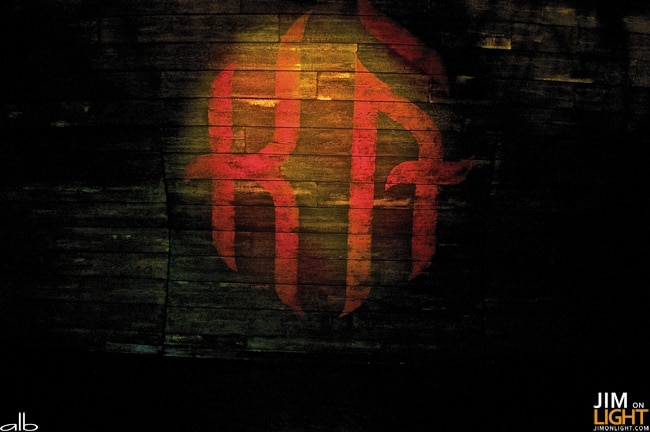
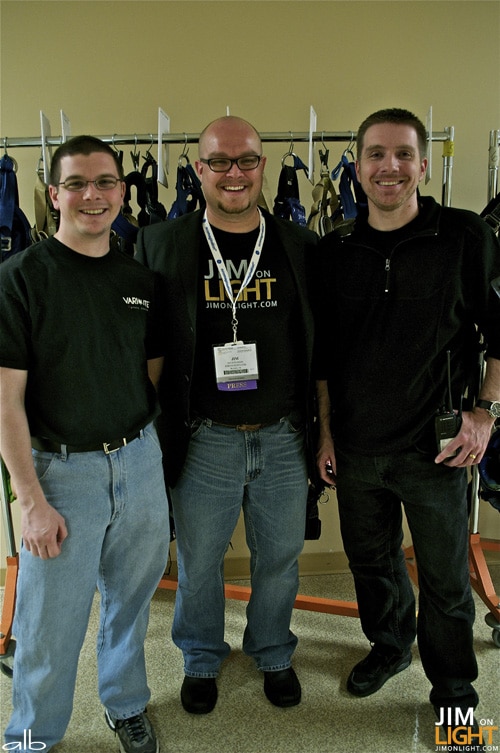

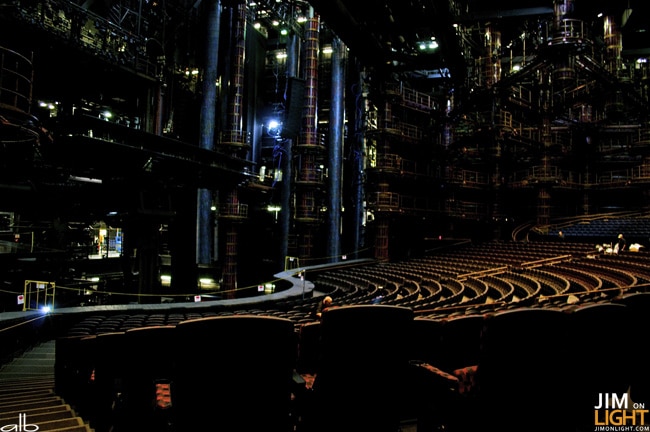



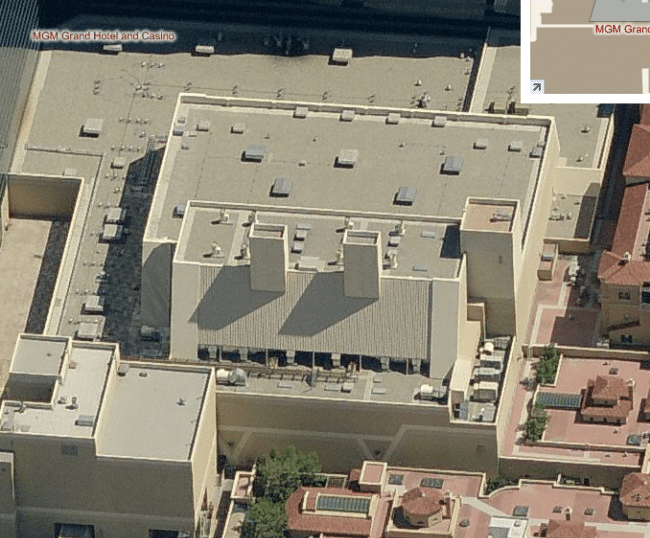











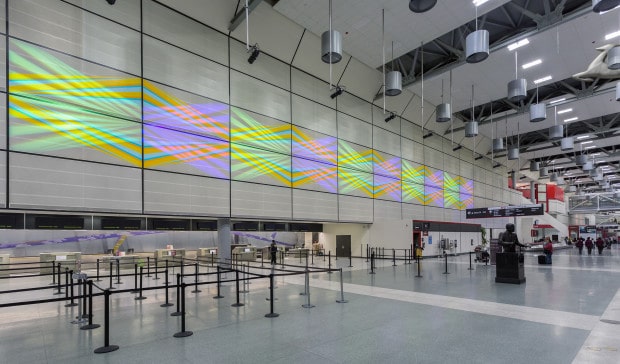



“Watching KÀ made me feel like I was watching the universe being born — or viewing the beginning of time — or some other unbelievable moment in time that I just couldn’t believe I was seeing.”
Oh, glad I am not the only one that was so moved by this performance. I truly life changing experience. Wish I lived closer and could take everyone I know to see KÀ
Great show and great write up! For more details, I wrote a pretty extensive (several thousand word) article on KA for Lighting and Sound America back in 2005, and I have a copy posted here:
http://www.controlgeek.net/articles-and-other-work/2005/4/1/cirque-du-soleil-ka.html
Also, we own some of les Ateliers Numériques’ tiles which make up the stage used in this show and I have a video up showing them in action here:
http://www.controlgeek.net/blog/2010/1/16/large-scale-sensing-surface-at-citytech.html
Great article, Jim! I saw KA 3 years ago…. stunning!
Hey there Jim!
We definitely feel the love at KA. Thanks for the picture!
If you have a chance, try to talk with Davin Gaddy. He’s the mega-brain who runs their projections every night. Pretty cool guy, too!
See you at LDI!
Janell
Comments are closed.